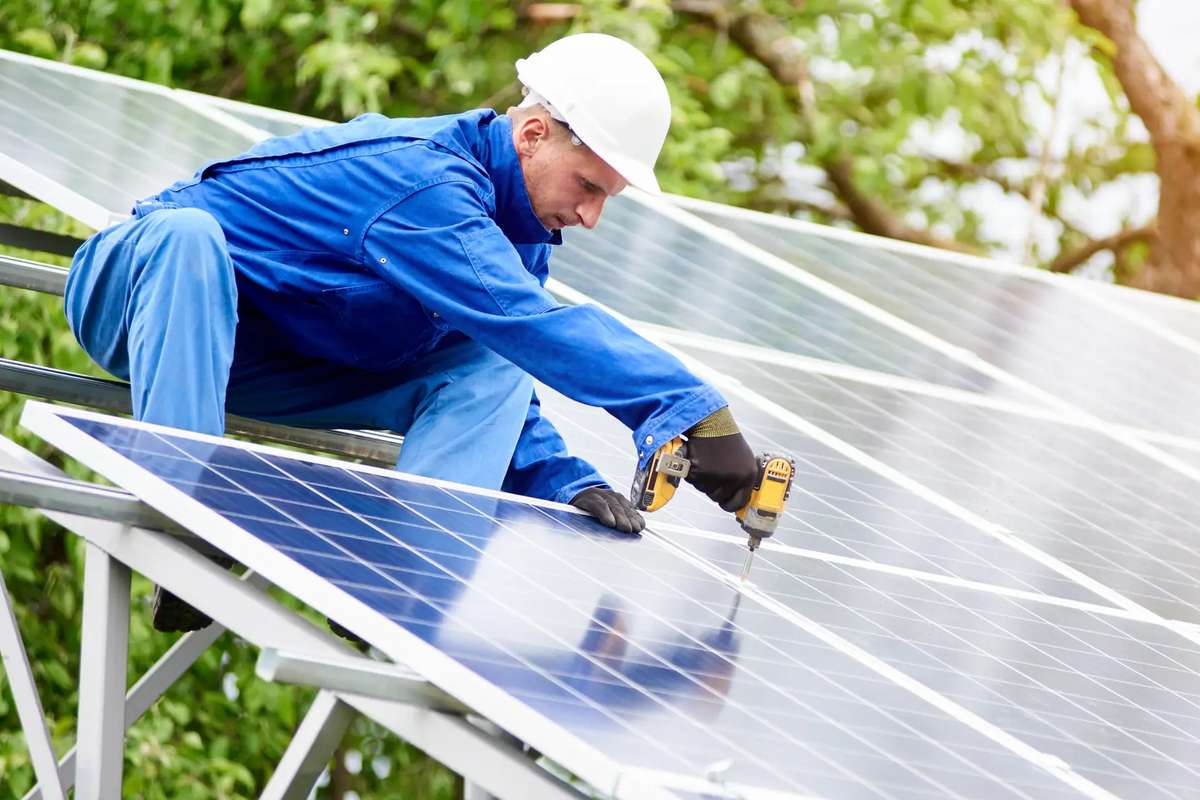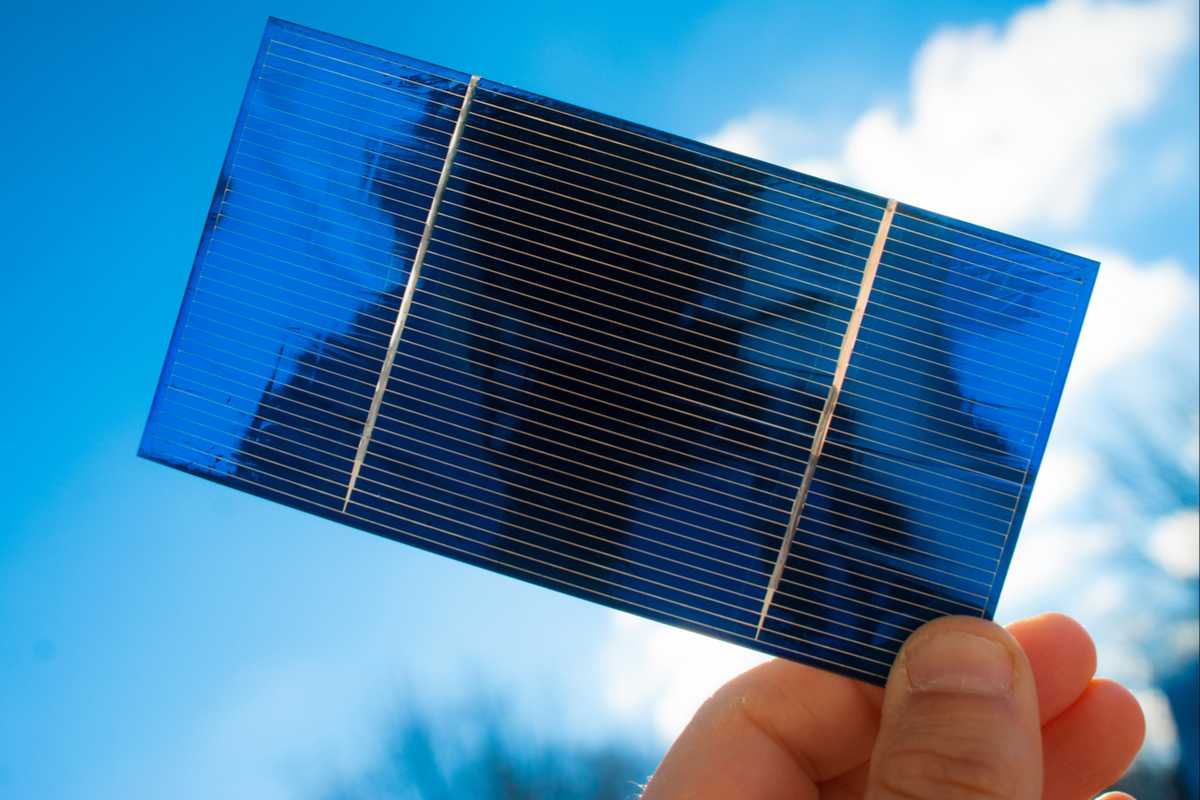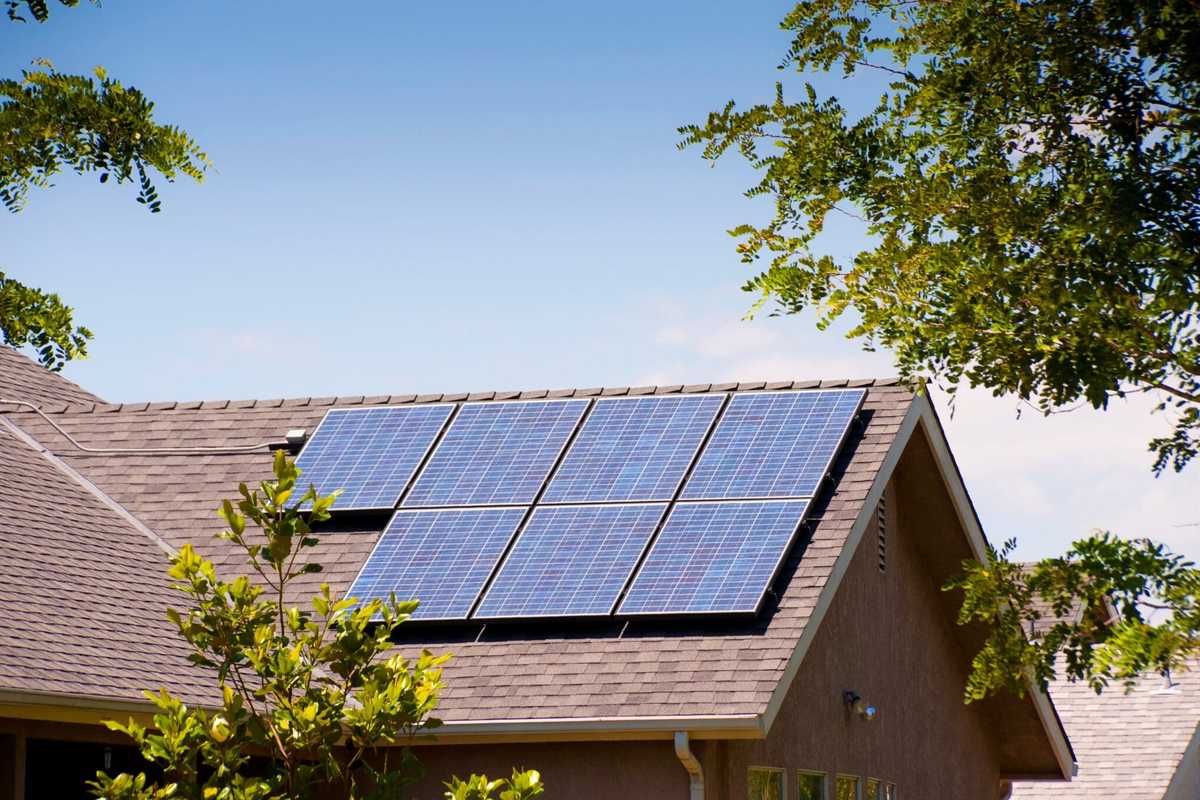In 2024, the idea of installing solar panels in your home is more appealing and achievable than ever. Thanks to advancements in technology, increased environmental awareness, and supportive government policies, solar energy has become a popular and cost-effective way to power homes.
If you’re planning to install solar panels in your home, here’s a straightforward guide to help you navigate the process.
Understanding Solar Energy
Solar energy is about converting sunlight into electricity using photovoltaic (PV) panels. These panels contain cells that, when exposed to sunlight, create an electrical current. The generated electricity can be used immediately, stored, or even fed back into the grid.
This process is not only environmentally friendly but also cost-effective in the long run. Since solar energy is a renewable source, it means it won’t run out like fossil fuels. Moreover, it reduces your dependence on traditional power grids and can significantly lower your energy bills.
By choosing solar energy, you’re investing in a sustainable future, cutting down on greenhouse gas emissions, and potentially increasing the value of your property.
Assessing Your Home’s Suitability
The first step is to assess if your home is suitable for solar panels. This involves checking the condition and size of your roof, which should be strong enough to hold the panels and large enough to accommodate them. You also have to consider the amount of sunlight your home receives.
More sunlight translates to more energy production. Additionally, the orientation and angle of your roof play a critical role in maximizing solar exposure. For example, south-facing roofs in the Northern Hemisphere tend to receive the most sunlight.
It’s also essential to check for any obstructions like trees or neighboring buildings that might cast shadows and reduce efficiency.
Finally, take into account your local climate – while solar panels are effective in various climates, those in sunnier regions will naturally yield more energy. However, it’s a misconception that solar panels only work in hot climates; they can be effective even in colder, less sunny environments, as they rely on sunlight, not heat.
Research and Plan
Understanding your energy needs is crucial. This can be done by reviewing your electricity bills to determine your average consumption.
Knowing your energy consumption patterns can help tailor the solar system to your specific needs, ensuring that it’s neither too small nor excessively large. Additionally, explore local, state, and federal incentives such as tax credits, rebates, and grants that can significantly reduce installation costs.
Researching these incentives requires some effort, but the financial benefits can be substantial. It’s important to stay updated on the latest policies, as government incentives can change.
Also, consider the future energy needs of your household. If you plan to buy an electric vehicle or anticipate a rise in energy consumption, you might want to install a larger system upfront.
Choosing the Right Solar Panels
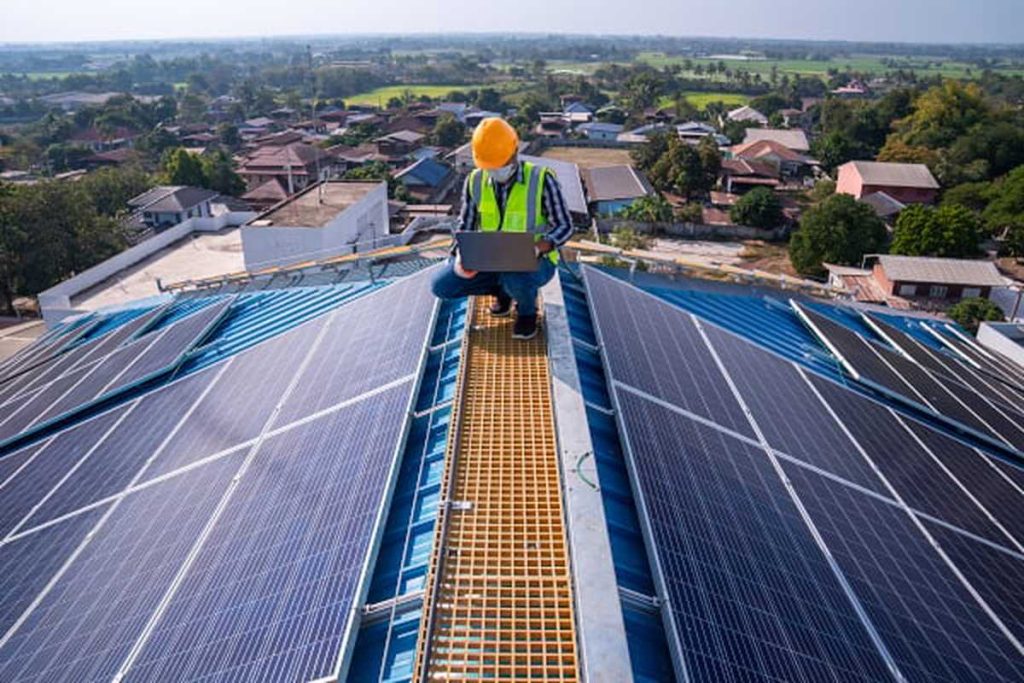
There are different types of solar panels, each with its pros and cons.
Monocrystalline panels are efficient and aesthetically pleasing but costlier. They are ideal for smaller roofs where space is a premium. Meanwhile, polycrystalline panels are made from multiple crystal fragments and are less expensive but also less efficient. They can be a good choice if you have more roof space and are looking for a more budget-friendly option.
On the other hand, there are thin-film panels that are versatile and less affected by high temperatures, though they require more space and are generally less efficient. They can be useful in specific scenarios where traditional panels are not suitable.
When choosing panels, it’s also important to consider their longevity and the manufacturer’s warranty. High-quality panels can last for 25 years or more, making them a long-term investment for your home.
Finding a Reliable Installer
A reliable installer is key. Look for one with the right certifications and ample experience in residential solar systems.
Checking online reviews and asking for references can give you a good idea of their reliability and quality of work. A reputable installer will not only provide high-quality installation but also help you understand the best options for your home. They should be transparent about costs, expected energy production, and any maintenance requirements.
Also, ensure they offer a comprehensive warranty and support. This includes coverage for the panels, the inverter, and the installation work. Good after-sales support can help address any issues that arise post-installation and ensure your system operates efficiently over the years.
Understanding the Costs and Financing Options
The cost of solar panel installation includes not just the panels but also the inverter, mounting hardware, wiring, and labor.
While the initial investment can be significant, solar panels often pay for themselves over time through electricity bill savings. These savings can be substantial depending on your local electricity rates and solar energy production.
Additionally, the increase in your property’s value should be considered a part of the return on investment. You want to explore financing options like solar loans, leases, or power purchase agreements to find what fits your financial situation best.
Solar loans allow you to own the system outright and benefit from incentives and increased property value. Leases and power purchase agreements offer little to no upfront costs, but you won’t own the system, and benefits like tax credits go to the system owner.
Navigating Permits and Regulations
Installing solar panels typically requires permits and adherence to local building regulations. A good installer will manage this process, ensuring your installation complies with all local codes and standards.
This step is crucial for safety and efficiency. It involves securing electrical and building permits and may require an inspection by local authorities. The regulations and requirements can vary significantly depending on your location, so having an experienced installer who is familiar with local regulations is invaluable.
Installation Process
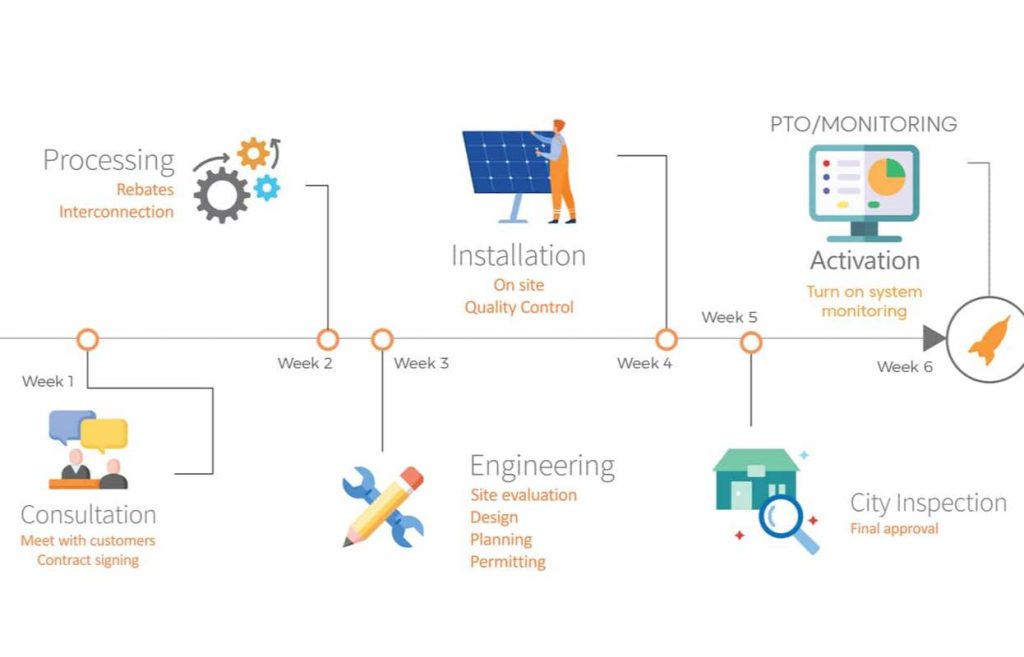
The installation process involves mounting the panels, wiring them to an inverter, and, if applicable, connecting your system to the local power grid. This process is usually handled entirely by your installer.
The installation typically takes a few days to a week, depending on the size of the system and the complexity of your roof. The panels are mounted on racks attached to your roof, and the wiring is run to connect the panels to an inverter, which converts the solar energy into usable electricity for your home.
If your system is designed to feed excess energy back into the grid, your installer will also set up the necessary connections and meters.
It’s important to ensure that the installation is done with minimal disruption and respects the aesthetics of your home.
Maintenance and Monitoring
Solar panels require minimal maintenance, mainly regular cleaning and occasional professional checks. Most modern systems come with monitoring software that allows you to track the system’s performance and energy production.
The monitoring systems can often be accessed via a smartphone app, giving you real-time data on your energy production and consumption.
With regular cleaning, you can ensure that dirt, leaves, or other debris don’t obstruct sunlight from reaching the panels. Professional maintenance checks, typically once a year, can help identify and fix any potential issues like inverter malfunctions or wiring problems.
Conclusion
Switching to solar energy in 2024 is a smart choice for both the environment and your wallet. With the right approach and a bit of planning, installing solar panels on your home can be a smooth and fulfilling journey.

